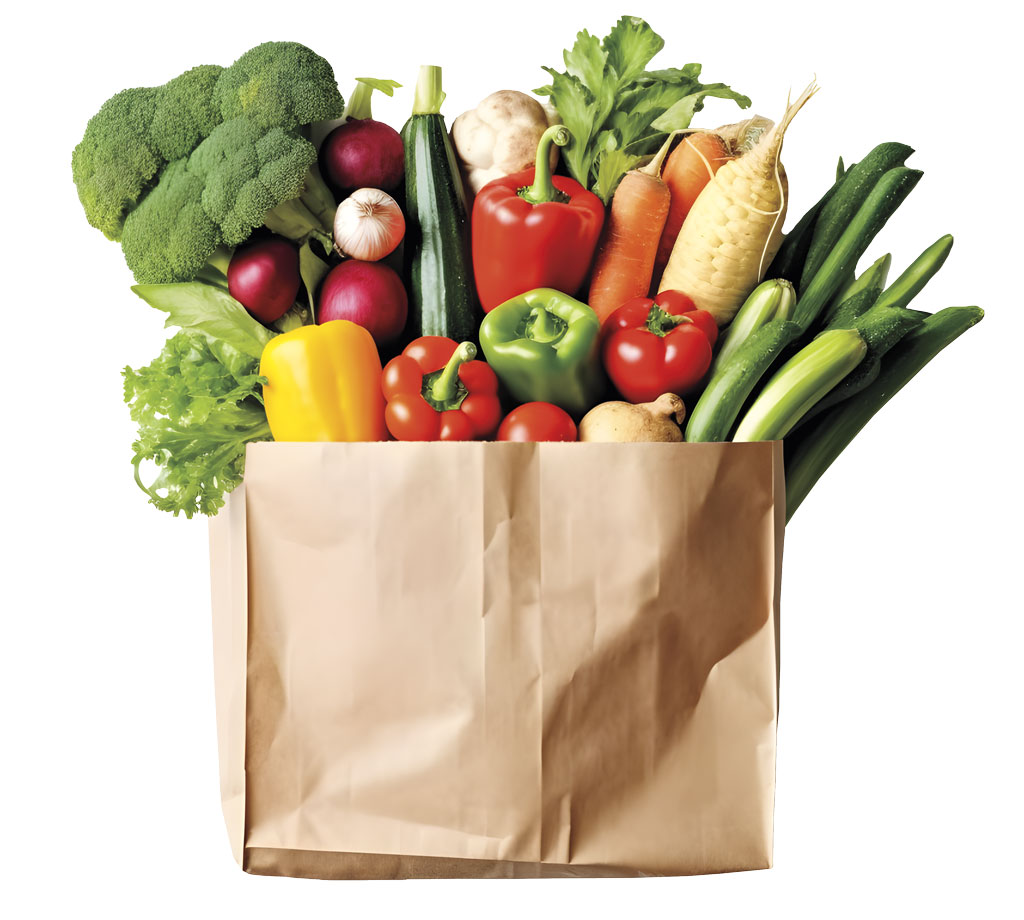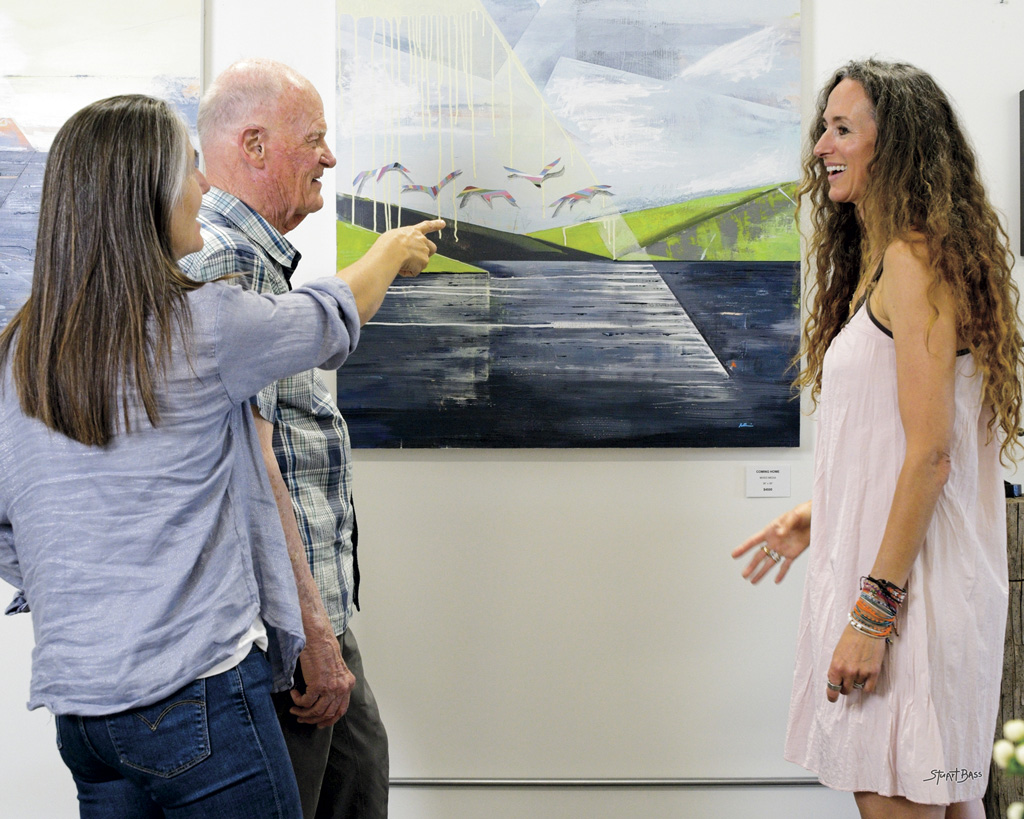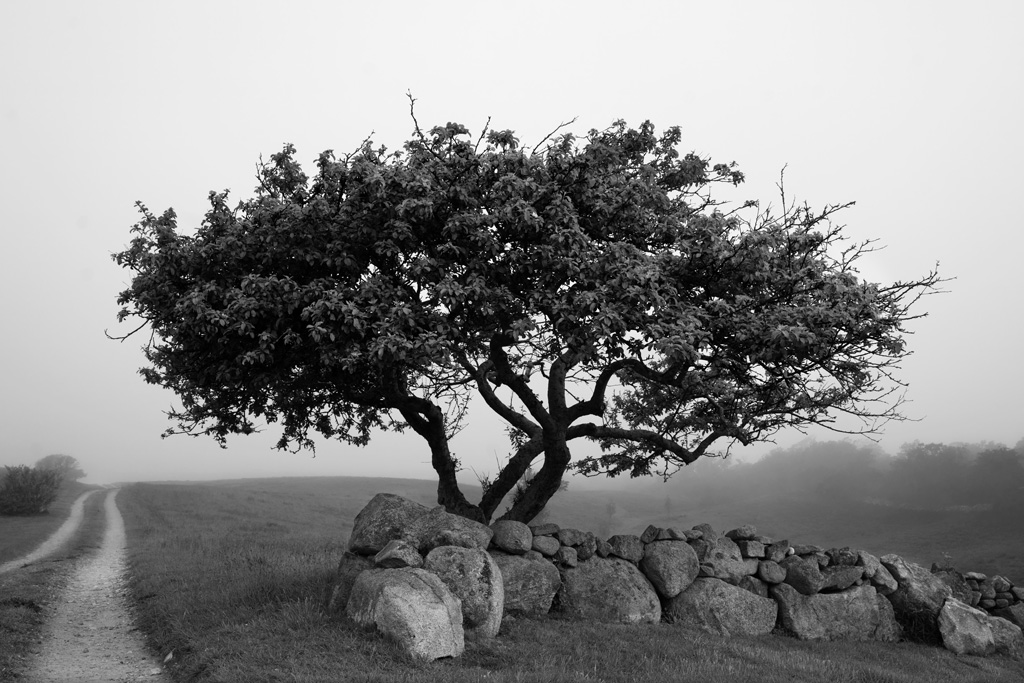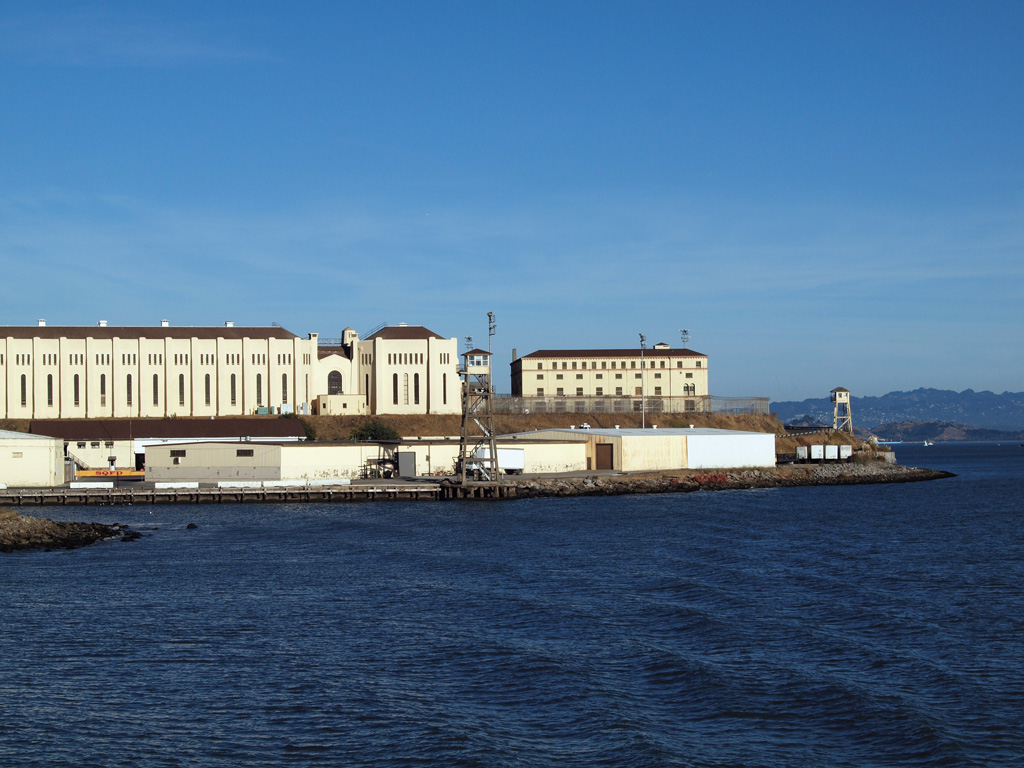Marin County, with its clean air and water and ample access to green space and nutritious foods, has a reputation for good health. In fact, in 2023, it was named the healthiest county in California by County Health Rankings & Roadmaps, and not for the first time. But not everyone in Marin is reaping those benefits.
“Food insecurity is a critical issue in Marin County and many residents suffer from persistent health inequities including diet-related diseases,” says Kathy Koblick, public health division director of Marin Health and Human Services. Notably, the county’s low-income, historically marginalized communities of color have consistently faced this problem, suffering lower life expectancy and higher rates of obesity as a result. “Not every community in Marin has equal access to healthy, fresh and affordable food, and many youth, seniors and low-income residents lack adequate transportation to access food outside of their communities.”
But the problem is not being ignored. Two decades ago, funding from the Nutrition Education and Obesity Prevention Program (which was established by the USDA Supplemental Nutrition Assistance Program) led to the establishment of Marin’s Nutrition Wellness Program (NWP) with the intention of utilizing policy, systems and environmental change strategies to create healthy places to live, work and play. Put simply, it’s all about creating access to healthy foods and physical activity spaces.
Much of the NWP’s work is rooted in community outreach. The program offers free services like nutrition education classes and events, workshops to train community leaders and campaigns like Rethink Your Drink, which was designed to decrease access to and consumption of sugar-sweetened beverages. The programs are administered at community gathering spaces like early childhood education centers, emergency food centers, senior centers and parks.
But it goes beyond education. The NWP also manages the Healthy Eating Active Living initiative (Marin HEAL), a multisector partnership committed to creating an equitable food system rooted in community-driven solutions. The Marin HEAL Collaborative partners with organizations like the San Francisco–Marin Food Bank, ExtraFood and Agricultural Institute of Marin to supply immediate food to those in need, and it also has Community Action Teams based in Marin City, San Rafael’s Canal area and West Marin. With a special emphasis on community empowerment and leadership, each team has created a prioritized list of interventions to identify areas in which food access can be improved. Some of the ideas include supporting home-based food businesses and farmers and public markets and securing land for community members to grow food.
“Over the next several years, the program will focus on supporting implementation of these community-selected priorities beginning with strengthening school and community gardens to increase access to fresh fruits and vegetables among residents,” says Koblick.
Ensuring Marin’s underserved residents have not only access to nutritious foods but also the necessary knowledge and tools to further promote healthy lifestyles is proving to be a team effort. Addressing systemic issues is a priority, but so is lifting the voices of those in need. The path to a healthier future for all Marinites is laid out, and as long as there is support, there is hope.










